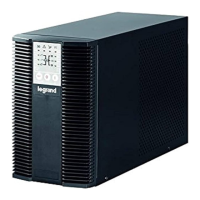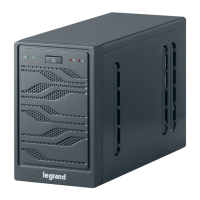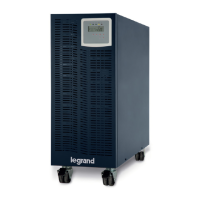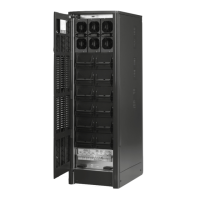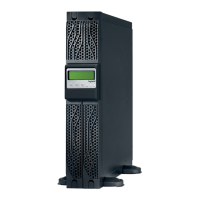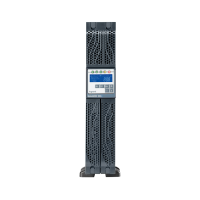CS102 SNMP Card
User Manual
The IP Address, in dotted format, of the NMS station to which the trap
should be sent.
The community string of the trap PDU to be sent. The maximum length of
the string is 19 characters.
Types of the traps to send:
◼ None: traps are not sent.
◼ RFC1628 Trap: traps are sent according to the specifications described
in the RFC1628 MIB file.
◼ CS102 Trap: traps are sent according to the RFC1628 MIB file
specification plus CS102 private extensions.
It allows to select the SNMP trap version. If you select the v3 version, you
need to set the authorization information in the SNMP v3 USM table
([Network] → [Protocols] → [SNMP] → [SNMP v3 USM table]), and the
username specified in this table must be the same to the one where the
SNMP trap receiver community string is set.
Allows you to select how to filter the sending of SNMP traps.
The available options are "By Severity" and "By Event".
◼ Event Filter = By Severity: set the level of the trap to be received (refer
to the SNMP MIB documentation for more information).
▪ Information: all traps are sent.
▪ Warning: a trap is sent that needs to be noticed and can be
dangerous.
▪ Severe: Significant traps (such as UPS failure or low battery) are sent
that can cause immediate UPS shutdown.
◼ Event Filter = By Event: click "Select Event" button to select for which
events the trap message should be sent.
Customer descriptive string.

